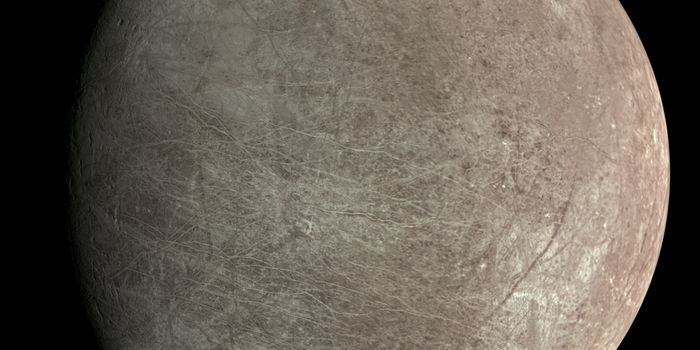Pluto's Moons Found to Orbit in Odd Ways
NASA's New Horizons spacecraft is getting ever-so-close to its rare fly-by event in July, and as it gets closer, information regarding Pluto's moons is slowly revealing itself.
Recent information uncovered by the Horizons spacecraft reveals a lot of chaos surrounding the moons of Pluto. All five of them have an almost clockwork orbital movement to them relative to each other due to the gravitational forces at work.
We say ‘almost,' because it's not a perfect movement. There is some give in the movement, as Dr. Mark R. Showalter of the SETI Institute of California explains in a statement about a recent study on Pluto's moons.
"That is not exact, which means it is actually not a resonance at all," Dr. Showalter said. "Resonance is not like a game of horseshoes where close counts. You're either in a resonance or you're not."

Pluto, with its largest moon Charon, both work together as more of a binary planet system. What this means is that the two masses are always locked in a fixed aspect to one another while they orbit the Sun. If you were standing on Pluto and looking at Charon, you would always see the same face of Charon, and vice versa.
This strange dance causes the smaller moons of Pluto to react in what scientists are calling a "chaotic" movement that is pretty miraculous in that they don't crash into teach other; they all move in a nearly synchronous motion, dodging one another in their orbit.
The moons of Pluto having an odd shape, unlike the Earth's moon, which has a much rounder surface to it, also affects the gravitational forces on the moons and causes abnormal rotational movements relative to the gravitational forces around it.
Douglas Hamilton, a professor of astronomy from the University of Maryland, is also involved in the study involving the strange orbital relationships of Pluto's moons. Hamilton says that each of the moons actually depend on one another to keep their orbits in the chaotic environment that they're in without running into each other and that binary planet systems probably aren't very friendly to life.
"The resonant relationship between Nix, Styx and Hydra makes their orbits more regular and predictable, which prevents them from crashing into one another," Hamilton explains. "This is one reason why tiny Pluto is able to have so many moons. We are learning that chaos may be a common trait of binary systems. It might even have consequences for life on planets orbiting binary stars."
The same study involving the moons of Pluto also found out that Kerberos, unlike the other moons, is almost as black as charcoal, which inhibits its reflective characteristics of sunlight. On the contrary, Pluto's other moons are much whiter, much like ours.
More information regarding Pluto's moons will be gathered as NASA's Horizons spacecraft moves in closer on Pluto in the coming weeks. The fly-by is scheduled for July 14th.
Source: Washington Post, Nature









